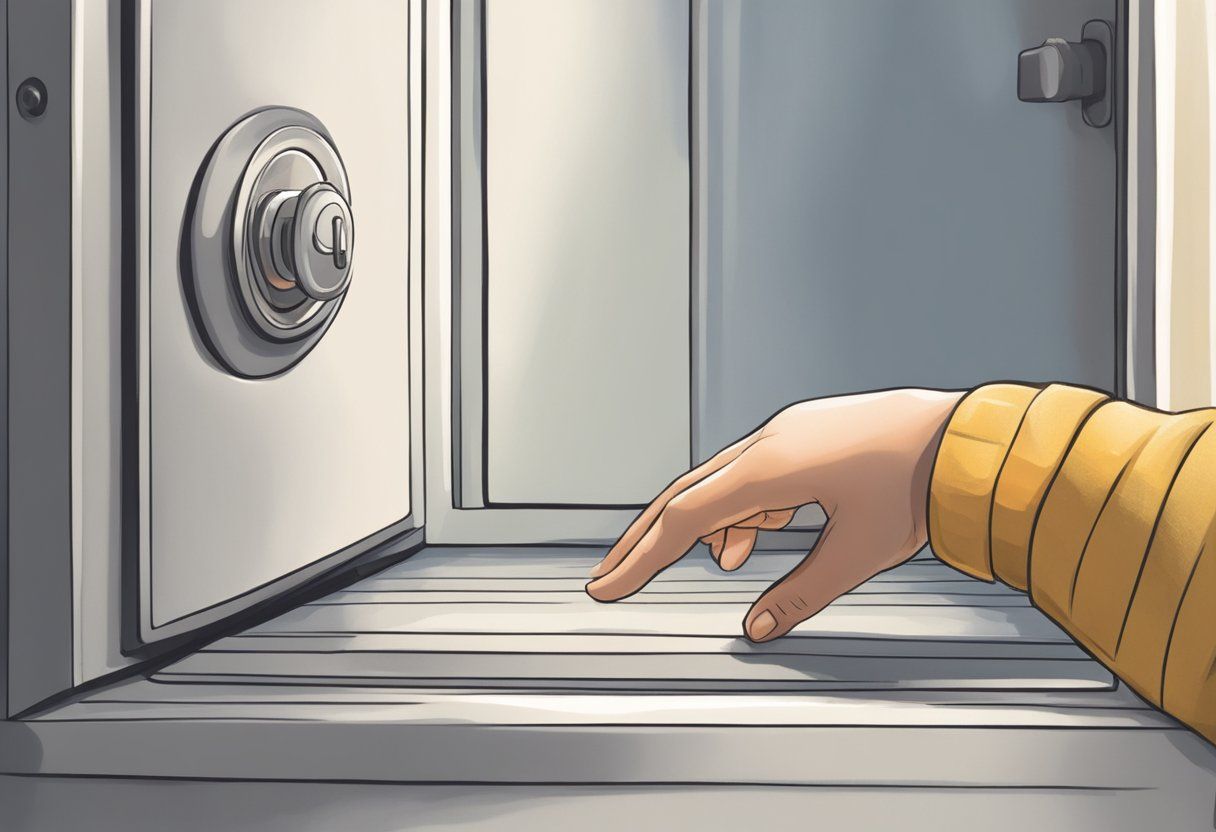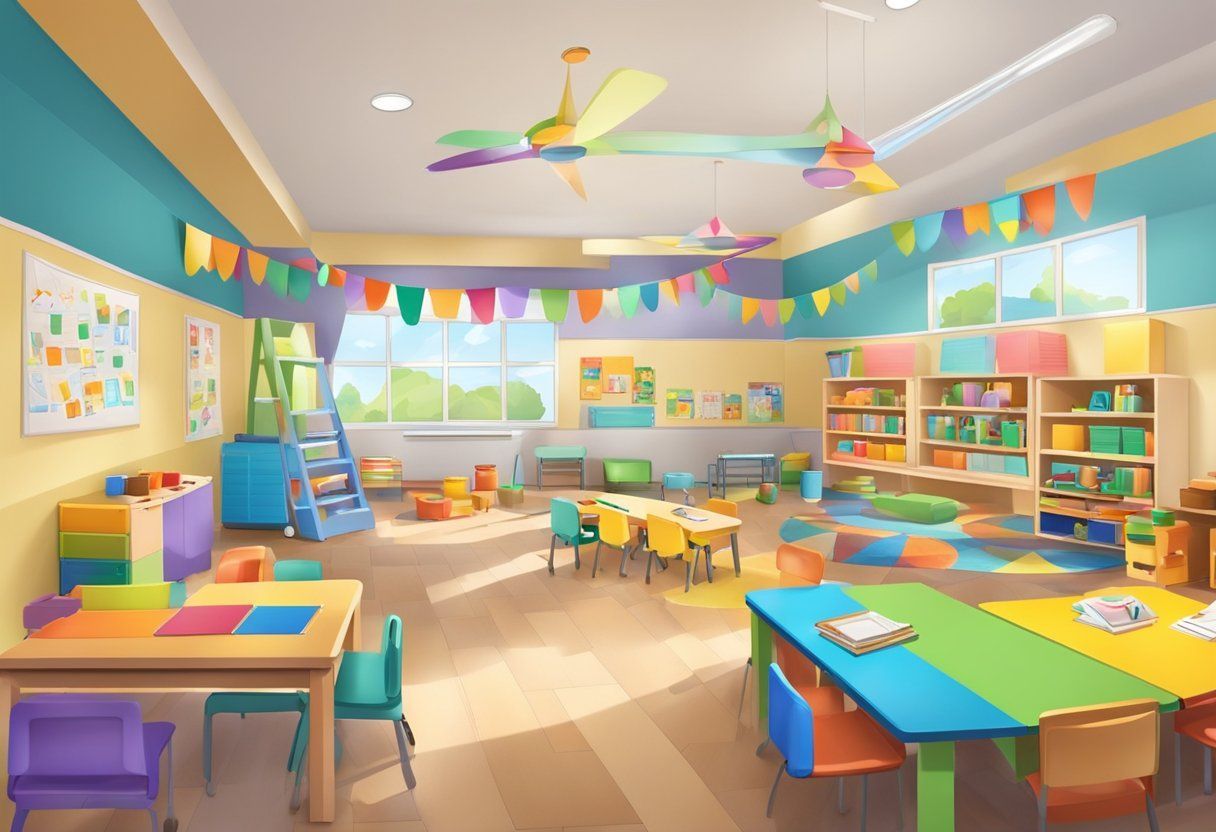BLOG
Categories
Parenting Strategies for Children with Trauma: Healing Through Love and Regulation
Understanding Trauma Through the Lens of Stress
When we talk about trauma—especially in children who come through adoption, foster care, or early caregiving disruptions—we’ve got to shift how we see it. Trauma isn’t just about war zones, abuse, or catastrophic loss. Trauma, for a child, is any experience that is prolonged, overwhelming, or unpredictable. Let that sink in.
It’s not about the event itself. It’s about how the nervous system receives it. If a child doesn't have a safe adult to help them express and process the experience, that stress becomes locked in. And locked-in stress is toxic stress—it wires the brain for survival, not connection.
The Brain on Survival and the Promise of Resilience
When trauma hits, it hijacks the nervous system. The child drops into fight, flight, or freeze. You’ll see it as tantrums, shutdowns, inattention, or defiance. But here’s what’s important: the brain is neuroplastic. Healing is always possible.
Resilience is not about being tough—it’s about having someone safe to lean on. Someone who will stay calm in the storm. Someone who will sit in the hard moments and not run, not fix, not control. That’s what rewires the brain for love. That’s how we create healing.
Trauma and the Emotional World of the Child
Children who carry trauma often walk through the world in a state of fear. That fear can show up as rage. It can show up as silence. It can show up as clinging or shutting down. Not because the child is bad—but because they are trying to survive. Their behaviors are their strategies.
In relationships, trust becomes fragile. Their brains are on high alert. But this is where love-based parenting becomes transformational.
Parenting Beyond Behavior—Creating Safety First
When we stop trying to fix behavior and start focusing on creating emotional safety, everything begins to shift. This is not about control. This is not about consequences. This is about connection. This is about saying, “I see you. You’re safe. I’m here. I’m not leaving.”
Over and over again.
It’s about regulating ourselves first, because the most powerful tool in the healing of a child is a regulated adult. Love is not soft. Love is fierce. Love says, “You can fall apart, and I will still be here.”
And from that place, children begin to heal. They begin to trust. They begin to grow.
Fostering a Supportive Parent-Child Relationship
When we talk about building connection with a child who’s experienced trauma, what we’re really talking about is healing. Healing happens in the context of safe, loving relationships—where fear is met with calm, not control. And it starts with you.
Building Emotional Security through Attachment
Attachment isn’t a moment—it’s a movement. It’s the dance between you and your child, moment to moment, breath to breath. And to create a secure attachment, you must become the calm in their chaos. That means showing up consistently—not just physically, but emotionally.
Let your child feel your presence. Offer hugs not as rewards, but as regulation. Use your eyes to say, “I see you.” Use your tone to say, “You are safe.” And build rituals—like bedtime stories or just a few minutes of eye contact while brushing teeth—that say, “I’m here, and I’m not going anywhere.”
Give them choices, even small ones, because choice invites safety. And safety is the soil from which trust grows.
Promoting Open Communication
Open communication is less about what we say and more about how we listen. When a child can speak their truth without fear of punishment or correction, that’s when healing begins.
Speak simply. Speak kindly. And more than anything—listen. Reflect what they say. “It sounds like you were really sad today.” That tells your child: Your feelings matter. Your voice matters. You matter.
Find everyday moments—at the dinner table, in the car, during a walk—to open that door. You don’t have to have the answers. Just your presence is enough.
Reinforcing Stability in the Family Environment
Children from trauma thrive on predictability. Not because they want to be controlled—but because their nervous system needs something to hold onto.
Keep routines steady. Let your child know what’s happening next. Even small changes—like a new bedtime or a visitor coming over—can feel threatening unless they’re prepared ahead of time. Stability isn’t about rigidity—it’s about reassurance.
Set boundaries, not to punish, but to guide. And when you enforce those boundaries, do it with love—not fear. Traditions like family game night or pancake Saturdays? They’re not fluff. They’re anchors. They’re evidence that even in a storm, home is a safe harbor.
Parenting Strategies Targeting Emotional and Behavioral Challenges

Parenting a child with trauma is not about managing behavior—it’s about understanding it. These challenges aren’t problems to be fixed, but signals of stress asking for connection. When you shift your mindset from control to compassion, from fear to love, you change the dynamic completely.
Managing Tantrums and Anxiety
Tantrums in a child with a trauma history aren’t about defiance—they’re about overwhelm. When a child’s brainstem is firing, they’re not trying to upset you—they’re trying to survive.
The first step? You stay calm. That’s non-negotiable. You breathe. You ground. You regulate—because your calm becomes their calm. Instead of reacting, observe. What set them off? What’s the pattern? Predictability reduces chaos, so build in routines that create felt safety.
When anxiety spikes, don’t try to talk your child out of it—help them feel through it. Create a calm space—a corner with soft textures, soothing scents, maybe their favorite blanket or toy. Show them how to breathe. Sit with them, not to fix, but to be. That presence, that regulation, that’s where healing lives.
Addressing Fear and Grief in Children
Trauma lives in the body. It shows up as fear in moments that seem ordinary to others. And grief—especially ambiguous loss—can be confusing and overwhelming for kids.
Let them express in ways that feel safe: through art, music, stories, or play. When a fear comes up, meet it with curiosity, not correction. “That sounds really scary. I’m so glad you told me.” That kind of response gives them permission to be vulnerable, which is a huge step toward healing.
For grief, hold space for remembrance. Light a candle. Look at a photo. Speak the name. The past matters. It shapes the present. And validating their sorrow tells them their story is safe with you.
Positive Discipline Techniques
Love-based parenting doesn’t mean there are no boundaries—it means those boundaries are built on safety, not shame. Discipline is not about punishment. It’s about guidance. Teaching. Relationship.
Start with clear expectations. Speak them often. And when your child gets it right—no matter how small—acknowledge it. “I saw how you handled that, and I’m proud of you.” Praise is oxygen for a wounded spirit.
When misbehavior shows up (and it will), ask yourself: Is this behavior—or is this stress? Redirect when you can. Ignore what’s not worth your energy. And most importantly, stay connected.
Let your child choose between two options. Involve them in problem-solving. And always—always—return to love. Because that’s what rewires the brain. That’s what restores trust.
The Role of Professional Intervention in Healing

Healing from trauma is not a solo journey. It takes a village—and not just any village, but one that is coordinated, compassionate, and consistent. For children carrying deep emotional wounds, a single therapist is often not enough. That’s where Wraparound Services come in.
Wraparound is not a single program—it’s a whole-system approach to care that places you and your child at the center of a multi-disciplinary support team. It's about wrapping the child and family in services that address every part of their world—home, school, community, and mental health.
When to Seek Therapy for a Child
The need for help often shows up in changes—sleep, mood, appetite, relationships, or school performance. If your child begins to withdraw, act out, or you sense they're stuck in grief or fear, it's time to reach out.
Early therapy can change everything. Therapies like Trauma-Focused CBT or play therapy offer children a safe, guided space to process their pain and learn new tools. But for many families, especially those with complex needs, therapy alone isn’t enough.
That’s why Wraparound exists. It brings in not only therapy, but school supports, in-home coaching, behavioral aids, respite care, and even help navigating legal or medical systems. It’s a coordinated network—not fragmented, not isolated, but aligned with your child’s needs and your family’s values.
Working with Psychologists and Mental Health Experts
Healing relationships require trust—and that includes your relationship with your child’s therapist. You’re not just a passive observer in your child’s healing journey. You’re a key player.
Communicate with your therapist. Share what’s working at home—and what’s not. And most importantly, stay consistent. Therapists can offer guidance, but only you can create that ongoing, moment-to-moment regulation that your child needs.
Wraparound makes this partnership stronger by adding structure. You’re not bouncing between services, repeating your story at every turn. You’re part of a team—sitting at the table with therapists, teachers, care coordinators, even peer support workers—designing a plan that puts your child’s emotional well-being at the core.
And here's the beauty: Wraparound doesn't just support the child. It supports the parent too. You receive guidance, stress support, advocacy, and the kind of sustained care that helps you stay regulated so you can be the calming anchor your child needs.
Because in love-based parenting, healing isn't about fixing a child—it's about reclaiming connection. And Wraparound Services help make that possible.
Promoting Positive Family Dynamics and Healthy Coping

At the heart of every healing journey is relationship. Trauma disrupts relationship—love restores it. When we bring intention to our family dynamics, we create the safety, consistency, and connection that a child with trauma history needs most. This isn’t about being perfect—it’s about being present. Being real. Being regulated.
Techniques for Enhancing Family Functioning
Open Communication
Families thrive when everyone feels seen and heard. Create space for open-hearted conversations. That could be a weekly family meeting or a quiet moment at bedtime. It’s not about fixing—it’s about
listening. When your child knows they can speak and you’ll stay calm, that’s where trust begins.
Consistent Routines
Routines aren’t about control—they’re about safety. Predictability lowers stress. It tells your child, “You can count on me.” Mealtimes, bedtimes, transitions—anchor them in rhythm. Even simple habits, like brushing teeth together or Sunday pancakes, can become powerful rituals of safety and connection.
Shared Activities
Connection grows in the mundane moments—game nights, cooking dinner, a walk around the block. Laughter is medicine. Fun is regulation. Shared joy strengthens the bond and reaffirms: “We belong to each other.”
Positive Reinforcement
Catch your child doing something right—and speak it out loud. “I noticed how you helped your sister.” “I’m proud of the way you stayed calm.” Every word of affirmation waters the seed of confidence and creates new brain pathways rooted in love.
Encouraging Self-Esteem and Personal Growth
Empowering Choices
Children with trauma often feel powerless. Offering choices—what to wear, what snack to eat, which book to read—restores their sense of agency. Choice invites trust. It says, “Your voice matters.”
Encouragement and Praise
Not just for big wins, but for effort. For trying. For coming back after messing up. Highlight what’s strong, not just what’s wrong. Let them know: “You’re doing it. I see you.”
Skill Building
Give your child chances to grow. Whether it’s through music, art, sports, or learning how to cook, every new skill is a step toward confidence. It’s not about performance—it’s about the experience of accomplishment.
Role Modeling
Your kids don’t just hear what you say—they feel how you
are. When you breathe through stress instead of yelling, when you apologize instead of blaming, when you stay present through chaos—that’s teaching. That’s love. That’s leadership.

Frequently Asked Questions
How can trauma-informed parenting techniques be applied to help a child with trauma in school settings?
You can work with teachers to create a supportive environment for your child. This includes establishing routines and providing a safe space. Collaborate with educators to understand your child's triggers and develop strategies to manage them effectively.
What specific behaviors are commonly displayed by children who have experienced trauma?
Children who have experienced trauma may show signs of anxiety, aggression, withdrawal, or difficulty concentrating.
They might also struggle with forming relationships or have physical symptoms like headaches or stomachaches.
What are the best trauma-informed parenting books available for guiding caregivers?
Some highly regarded books include The Whole-Brain Child by Daniel J. Siegel and Tina Payne Bryson, and Parenting a Child Who Has Experienced Trauma by the Child Welfare Information Gateway. These resources provide guidance and strategies for parents.
Can you suggest effective resources for parents seeking to adopt trauma-informed parenting practices?
You might find resources from organizations like the Child Mind Institute or the SAMHSA helpful. Online workshops and support groups can also provide practical advice and community support.
What are the '3 R's' in trauma-informed parenting, and how can they be implemented in everyday care?
The '3 R’s'—Regulate, Relate, and Reason—are essential in trauma-informed parenting.
Regulate your child’s emotions by creating a calm environment. Relate through empathy and connection. Finally, Reason involves teaching problem-solving once your child feels safe.
How can parents and families at home address both trauma and stress through practical strategies?
Create a stable routine and open communication at home.
Use relaxation techniques such as deep breathing or mindfulness.
Encourage activities that promote physical movement and creativity, which can help reduce stress and improve emotional well-being.
RECENT POSTS
Bringing and keeping families together!









